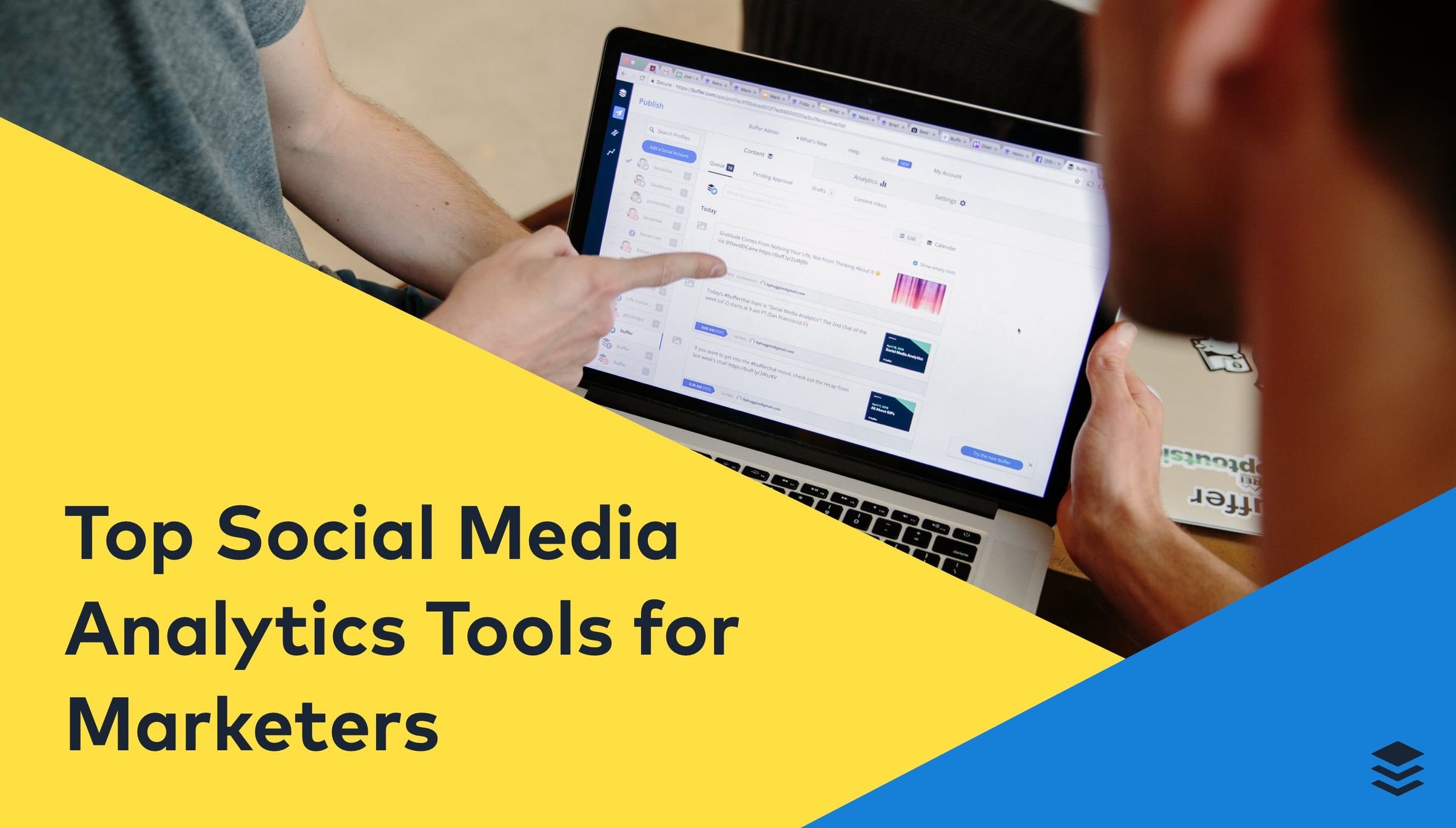 Search Engine Optimization ( SEO ) is a dynamic field that is changing significantly as new communication methods become available. A growing segment of this dynamic spectrum, blogging, is crucial to the SEO landscape. Blogging, which is essential to strategic and heuristic information dissipation, also shows up as a powerful tool for encouraging prolific interactions and increasing online visibility, suggesting significant SEO implications. …………………………………….
Search Engine Optimization ( SEO ) is a dynamic field that is changing significantly as new communication methods become available. A growing segment of this dynamic spectrum, blogging, is crucial to the SEO landscape. Blogging, which is essential to strategic and heuristic information dissipation, also shows up as a powerful tool for encouraging prolific interactions and increasing online visibility, suggesting significant SEO implications. …………………………………….
 Understanding the syndication’s methodologies and new trending nuances is essential given the extent of blogs ‘ influence on SEO goals. Consistent content creation that is distinguished by pertinent and high-quality materials is a profound example of how blogging and SEO interact. Although it may seem simple, it requires meticulous planning that is supported by careful consideration of user intent, effective keyword usage, and ongoing relevance maintenance in the ever-evolving digital environment. Studies provide proof that combining these factors increases user engagement as well as visibility on search engine results. This engagement connotation, which frequently appears in SEO manifestations, is evidence of blogging’s ability to foster communities. ………………………
Understanding the syndication’s methodologies and new trending nuances is essential given the extent of blogs ‘ influence on SEO goals. Consistent content creation that is distinguished by pertinent and high-quality materials is a profound example of how blogging and SEO interact. Although it may seem simple, it requires meticulous planning that is supported by careful consideration of user intent, effective keyword usage, and ongoing relevance maintenance in the ever-evolving digital environment. Studies provide proof that combining these factors increases user engagement as well as visibility on search engine results. This engagement connotation, which frequently appears in SEO manifestations, is evidence of blogging’s ability to foster communities. ………………………
The critical importance of maintaining high-quality content provision is emphasized by the complex interaction between blogging and SEO. The preference for equity in length, Social Media Marketing thoroughness, and precision in content quality is ostensibly assumed to have increased following Google’s update to the Panda algorithm. Following this development,” thin” and low-quality content were quickly demoted in SEO rankings, demonstrating the importance of quality. Higher SEO rankings are typically produced by higher-quality content because it increases the likelihood of inbound links. In order to avoid potential nuances of careless SEO techniques like keyword stuffing, relevance of the content also plays a crucial role in determining its visibility. Therefore, the success of SEO depends heavily on a careful balance between keywords woven into the fabric of insightful content. ……………………………………
Field observations support the idea that blogging for SEO now includes careful keyword usage. The subtleties of planned audience retention and market niche prediction are advantageously remembered when choosing keywords. This fulfills the needs of search engine algorithms while also caving in to user semantic preferences. Utilizing keyword research tools’ potential can help with accurate user behavior and interest prediction, which makes it easier to choose the right keywords. Additionally, semantic significance and latent user intent, which avoid myopic tactics like keyword stuffing, become important determinants of strategic keyword use. ……………………………………
The simplicity of SEO blogging belies its enormous complexity, much like how the surface of moving water conceals the constant thrashing beneath. The art of link building, which serves as the SEO river’s underlying leviathan and brings together high-quality content and tactical keyword usage, is found here. It plays a crucial role in SEO success by boosting authority, organic traffic, and digital ethos relationships. Links help a blog’s credibility by utilizing search engine algorithms to improve its SEO ranking. However, the procedure calls for caution, blogging for SEO supporting relevance and balance while avoiding spamming pitfalls. Social media sites offer a strong medium for building links through user interactions, serving as crucial facilitators in this area. ………………………
The Internet simultaneously gives ephemeral information the luxury of immortality while also giving older posts new life. Anterior blogs are able to maintain their relevance in the fast-paced digital world thanks to this regular information regeneration, also known as historical optimization. A previous blog post’s visibility can be increased by taking a sequential approach to updating content that takes into account changing user needs, organic keyword inclusion, Google Ads Expert and thoughtful internal link fusion. This tactic covertly validates the content’s long-term relevance in addition to bolstering the blog ‘ SEO presence. ………………………
Data analytics are further ingrained in SEO blogging so that it can be used to assess the effectiveness of a strategy, identify obstacles, and adjust it as necessary. Utilizing instrumental analytical tools like user engagement metrics, social shares, and inbound links, success and restructuring strategies are evaluated. Additionally, tools like Google Analytics can spot areas for improvement and make accurate behavioral predictions, improving user interactions and increasing SEO visibility. ………………………
Examining the digital landscape reveals blogging’s crucial influence on the SEO environment. Blogging has sparked a growing discussion about the best SEO practices, whether it be through pragmatic content creation, tactical keyword usage, link building, or historical optimization. Inspiring meaningful conversations, fostering interactions, and bringing about positive change in digital spaces, interactions between blogging and SEO provide in-depth insights in both the academic and practical spheres. It can be challenging to determine how much blogging influences SEO tactics. However, the initial findings strongly suggest a symbiotic relationship that fosters visibility, adaptability, and an environment for digital transformational communication. Therefore, a thorough understanding of these trends and methods could significantly improve SEO strategies and increase online visibility. ………………………
 تاریخ روایی(روایت تاریخ)
تاریخ روایی(روایت تاریخ)
